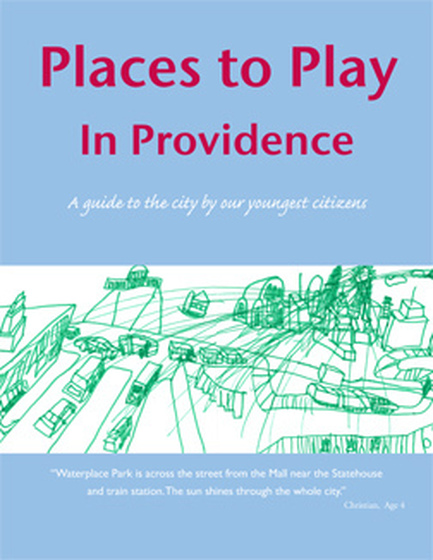Places to Play in Providence: A Guide to the City by Our Youngest Citizens

The Making Learning Visible team at Project Zero recently collaborated with the Providence‐based school readiness initiative, Ready to Learn Providence (R2LP). The result of their partnership is a new guidebook entitled Places to Play in Providence: a Guide to the City by our Youngest Citizens. The publication was created by preschool children and teachers from eight inner city programs and features children’s illustrations and descriptions of their favorite places to play in the Rhode Island capital.